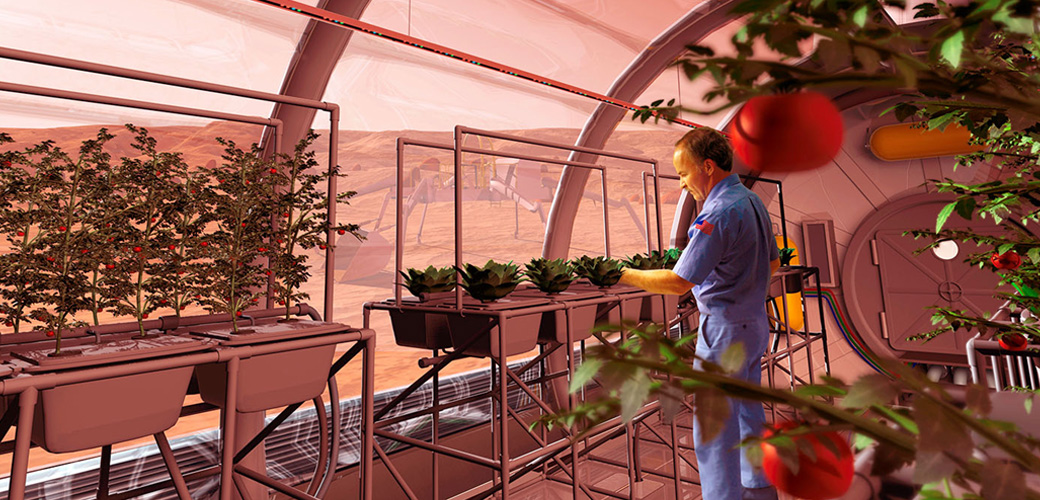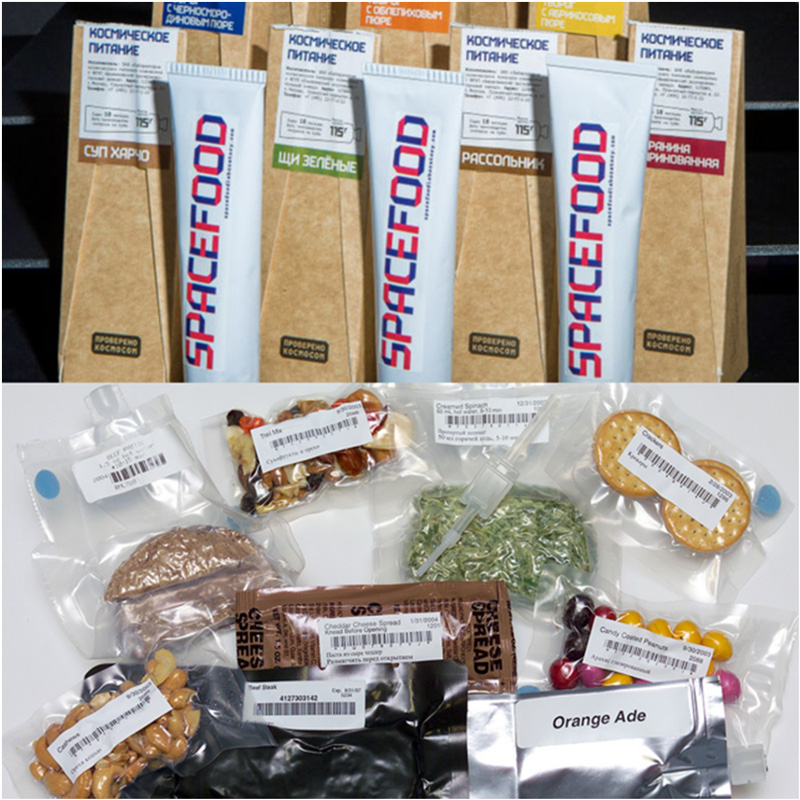Have you ever wished to be an astronaut? Space travel is always intriguing and full of the unknowns. One aspect that raises our curiosity is the food astronauts eat in space. What do they eat, how are they produced, who produces them, and is it possible for astronauts to produce their food in space instead of bringing them from this planet? Eating in space could be a real challenge because there is no gravity even to put a plate on the table. Imagine taking a piece of bread and floating it in space. The first food eaten in space was beef and liver with chocolate sauce as dessert. It might sound yummy, but it is certainly not fine dining like how we know it. The food was packed in a tube and squeezed into the mouth like toothpaste. That is food in space!
How is food packed for consumption in space?
Food being taken to space must be lightweight, compact, tasty and nutritious. Astronauts need different nutrition content when they are in space to stay healthy. For instance, they need more calcium and Vitamin D to keep the bones strong because bones get weaker when floating, and there is less physical work.
The first food packaging introduced in space was food in tube-like containers, which were then squeezed into the mouth. Does squeezing food into your mouth like toothpaste sound unpleasant to you? You are not alone! Astronauts also felt the same way, so scientists found better ways to make the food tastier and easier to eat.
In 1968, astronauts complained that their food was tasteless. NASA’s chief food tester agreed to live on space food for four days to have empathy and a real taste for space food. After day one, he said that he lost his appetite, and in the middle of day three, he stopped eating the space food. He concluded a few important points about space food, that nutrition is critical, and astronauts should not lose weight. Before sending food to space, it must be screened for allergic reactions, nausea and loss of appetite; meal preparation must be simple without consuming much time, and dehydrated food packaging must be perfect to avoid leakages; finally, during the Apollo 14 astronauts returned without any significant change of weight. Moonwalkers in Apollo 15 were the first crew to finish eating all the food on board. Astonishingly, it took 10 years of hard work and research for this to happen.
The freeze-drying technique was introduced during Project Gemini. In this method, food is freeze-dried and dehydrated immediately after being cooked. Astronauts have to rehydrate the food by squeezing water in it; once the water is absorbed, it is ready to eat! The water is obtained from onboard hydrogen-oxygen fuel cells. Freeze-drying food may sound weird, but we even consume it without realising it. For instance, nowadays, cereals also contain freeze-dried fruits like strawberries. Food packaging for food in space also requires a lot of innovative ideas. Some packaging has been invented to prevent food from flying about. Usually, food comes in disposable packages, and astronauts must throw them away once eaten.
The evolution of food in space reached a high point when space stations were established with full kitchens of hot water and ovens. The hot water and microwave oven were the turning point for inventing more appealing food for astronauts. Nevertheless, fine dining continues to be on the wishlist of astronauts, but a remedy close to eating at the table was found by preventing the plates from floating around. Astronauts used Velcro fasteners, so trays were fastened to their laps so they could enjoy the meal while sitting. Apollo mission astronauts were the first to have hot water and even eat out of a bowl with a spoon. The oven, hot water, kitchen, spoon and Velcro fasteners make space life exciting and easier, don’t they? Do you have any favourite food you would take to space? How about chicken, pizza and sausages? But remember, they must be dehydrated!
Astronauts become planters!
Scientists believe that astronauts have to be planters if they want to live in space for longer and accomplish their mission to step on Mars. Experiments were conducted, and scientists discovered that growing plants in space is possible. An experiment was done in May 2016 called the Veggie Plant Growth System in the International Space Station (ISS). Three different types of lettuce were grown in this greenhouse, and they were grown in a hydroponic medium with LED lights. Astronauts regularly harvested the lettuce and enjoyed salad in space. If astronauts could turn into planters, we can even grow plants on Mars and export them to Earth. It may sound too ambitious, but with the growing human population and shortage of agricultural land, it could be a resolution to ensure food security in 2050. A hundred years ago, people probably never believed that everyone could fly, but now we fly around the globe within hours, so exporting food from another planet might not be too far-fetched 50 years from now. If food is produced in bioreactors, such as cheese without milk, then producing food in space and on Mars could be possible, too, using bioreactors. For instance, growing meat, cheese and fermented food in bioreactors in space stations or even on Mars would be amazing. Planet colonisation is mind-boggling, but it has to be pondered seriously because resources on our planet are depleting rapidly. Space-based agriculture can be achieved through cell and tissue culture using bioreactors where meat can be grown in controlled environments.





